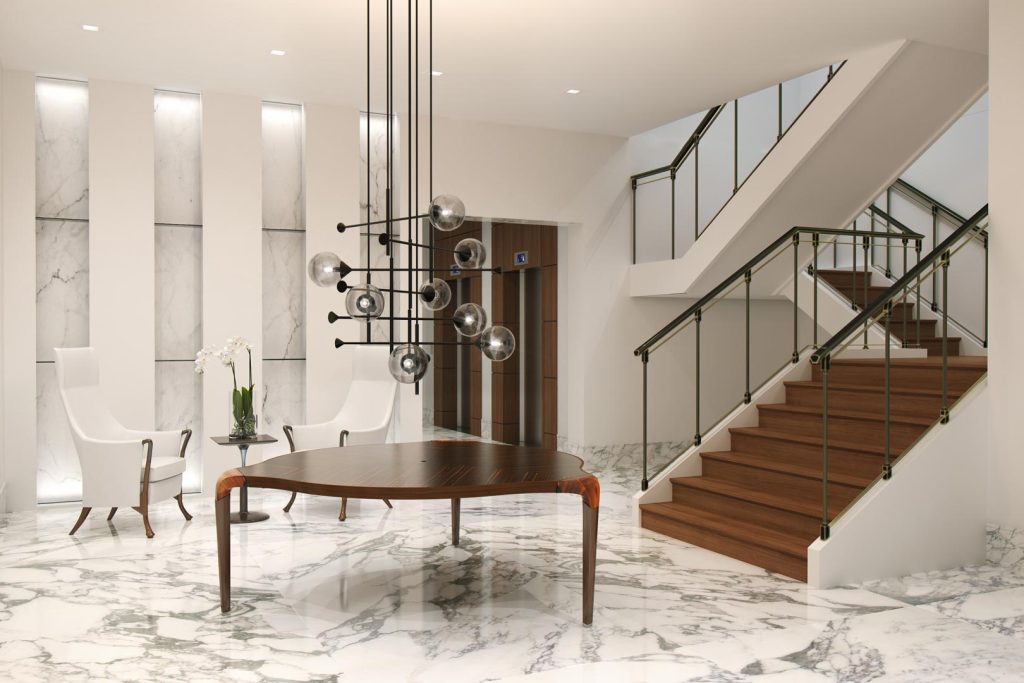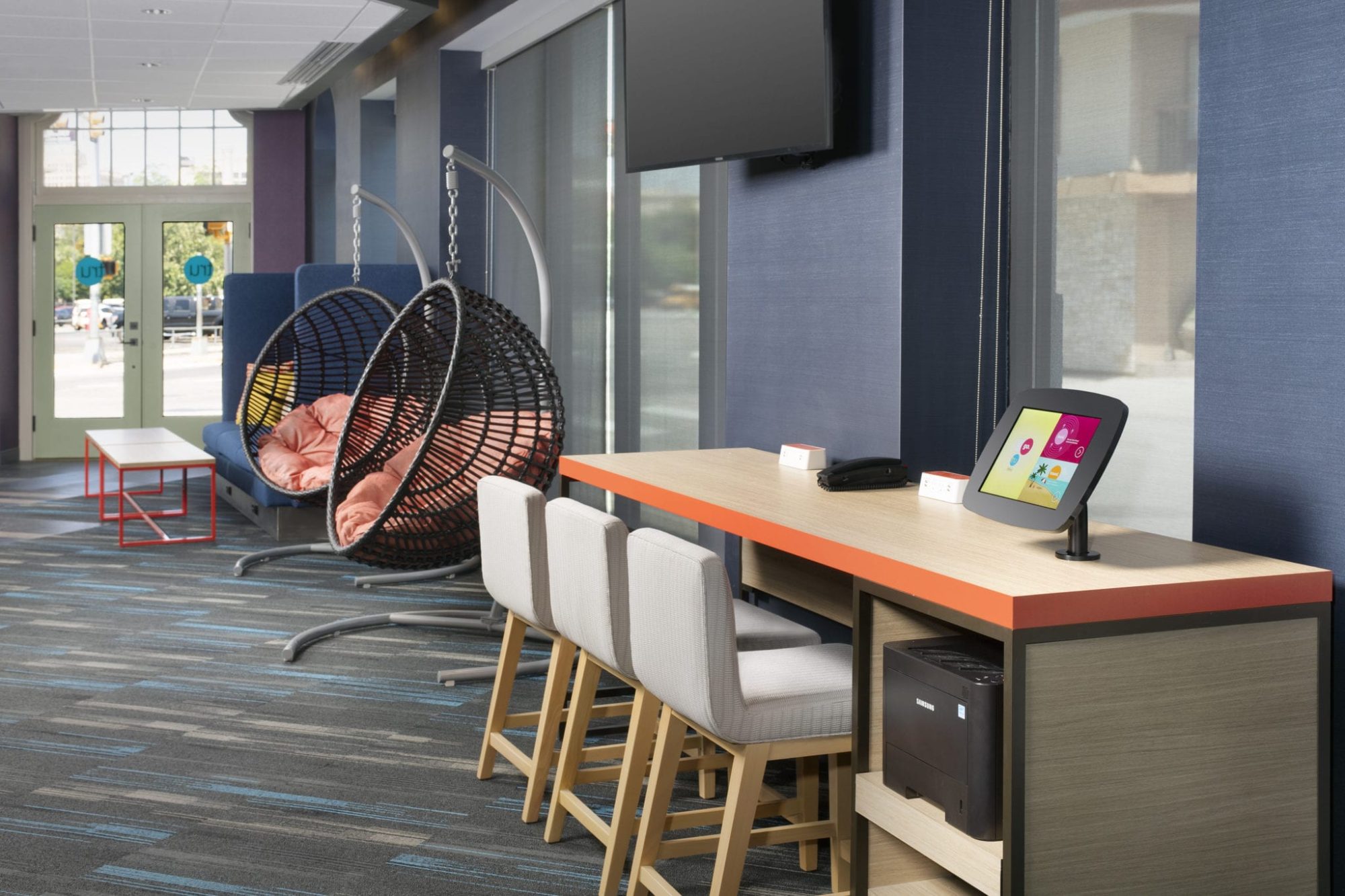Sound is all around us, all the time. As humans, we use sound to communicate with each other on a daily basis. While communicating, we can be distracted by other conversations or overpowering noises generated from the building or other nearby sources. The sounds we hear can either be a driver of stress or stress relief depending on the context, the noise being made, and how we perceive it.
Whether it is pleasant noises such as music or birds chirping, or less pleasant noises such as construction work or excessive sound from HVAC operation, sound has a powerful impact on our physiology, psychology, concentration, and behavior. By utilizing research-based design techniques in our built environment, we can maximize the acoustic comfort in our designed spaces and help improve the overall health and well-being of our building occupants.
“Sound within an enclosed space from sources such as HVAC equipment, appliances, and other occupants has been shown to hinder productivity, focus, memory retention, and mental arithmetic in school children, university students, and workplace occupants.”

Health and Well-Being in the Built Environment, Concept 7: Sound
Issue: Acoustical comfort in a space can be hindered by the effects of exterior noise from transportation or industrial sources as well as interior effects such as HVAC equipment, appliances, and other occupants in the space.
Health Implications: Overexposure to noise can cause sleep disturbance, hypertension, hearing impairments, as well as decreased productivity, focus, and memory retention. Lack of speech privacy and inappropriate reverberation times can result in occupant dissatisfaction, speech intelligibility, and distraction from tasks.
Solution: Sound absorption, blocking, and masking techniques can be utilized in green buildings to provide optimized design for the planned usage of the space.
 WELL v2 Standard’s Recommended Strategies:
WELL v2 Standard’s Recommended Strategies:
- Designing spaces with acoustic zones in mind such as loud, quiet, or mixed-use
- Managing background noise levels from HVAC equipment, external noise intrusion, or other similar sources by accounting for sound transmission metrics of materials and acoustic output levels (dBA) of the system
- Ensuring proper sound barriers are in place from partitions and doors to provide a specific performance in terms of Noise Isolation Class (NIC), Sound Insulation, and Speech Privacy Potential (SPP) for a given space
- Meeting Reverberation Time (RT(60)) thresholds on a space-by-space basis (0.6 seconds for conference rooms, 0.5 to 0.8 seconds for classrooms)
- Implementing sound reduction ceilings and vertical surfaces with minimum NRC/αw values of 0.7 for at least 25% of walls and at least 50% of available ceiling area
- Utilizing sound masking to increase acoustical privacy in open workspaces and between enclosed spaces
- Limiting impact noise from surrounding spaces such as dwelling units, restaurants, or fitness areas by following minimum Impact Insulation Class (IIC) or Normalized Impact Sound (NISR) ratings for floor and ceiling constructions

Summary
In general, there are 3 techniques that we can utilize to maximize acoustic comfort in our built environment – the “ABC’s” of acoustics. Absorb, Block, and Cover. When dealing with exterior noise, our best bet is generally to use materials that will block the sound from entering the space. For interior noise, we can utilize sound-absorbent materials for the walls and ceilings as well as utilize sound-masking devices, such as white-noise speakers, to cover the sound.
By following WELL v2 Guidelines on acoustic design techniques, we can improve and optimize our spaces for acoustic comfort, which will lead to increased productivity, focus, retention, and overall wellbeing of building occupants.
Hero image at top of page:
Tru by Hilton | Open Studio Architecture | San Antonio, Texas

